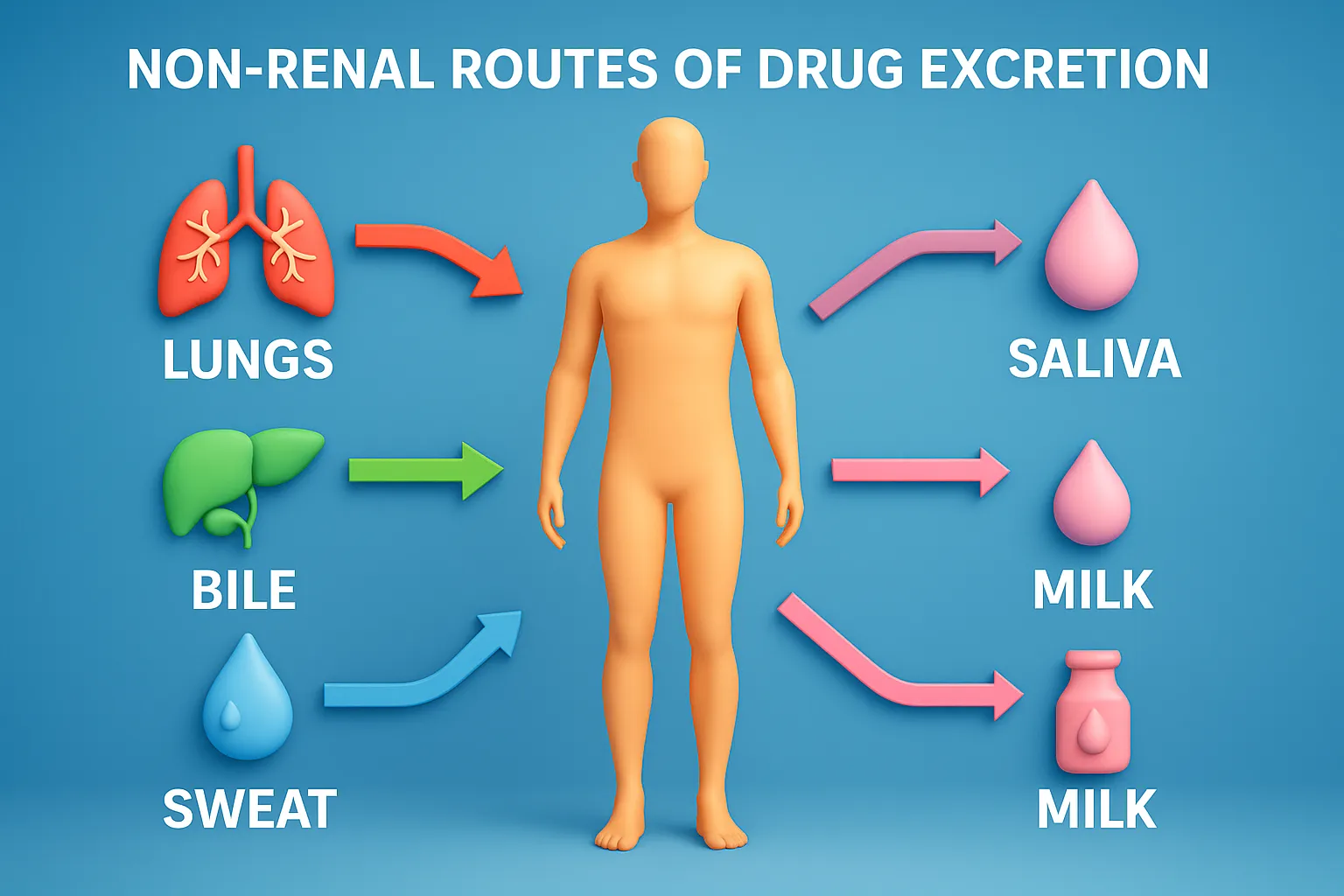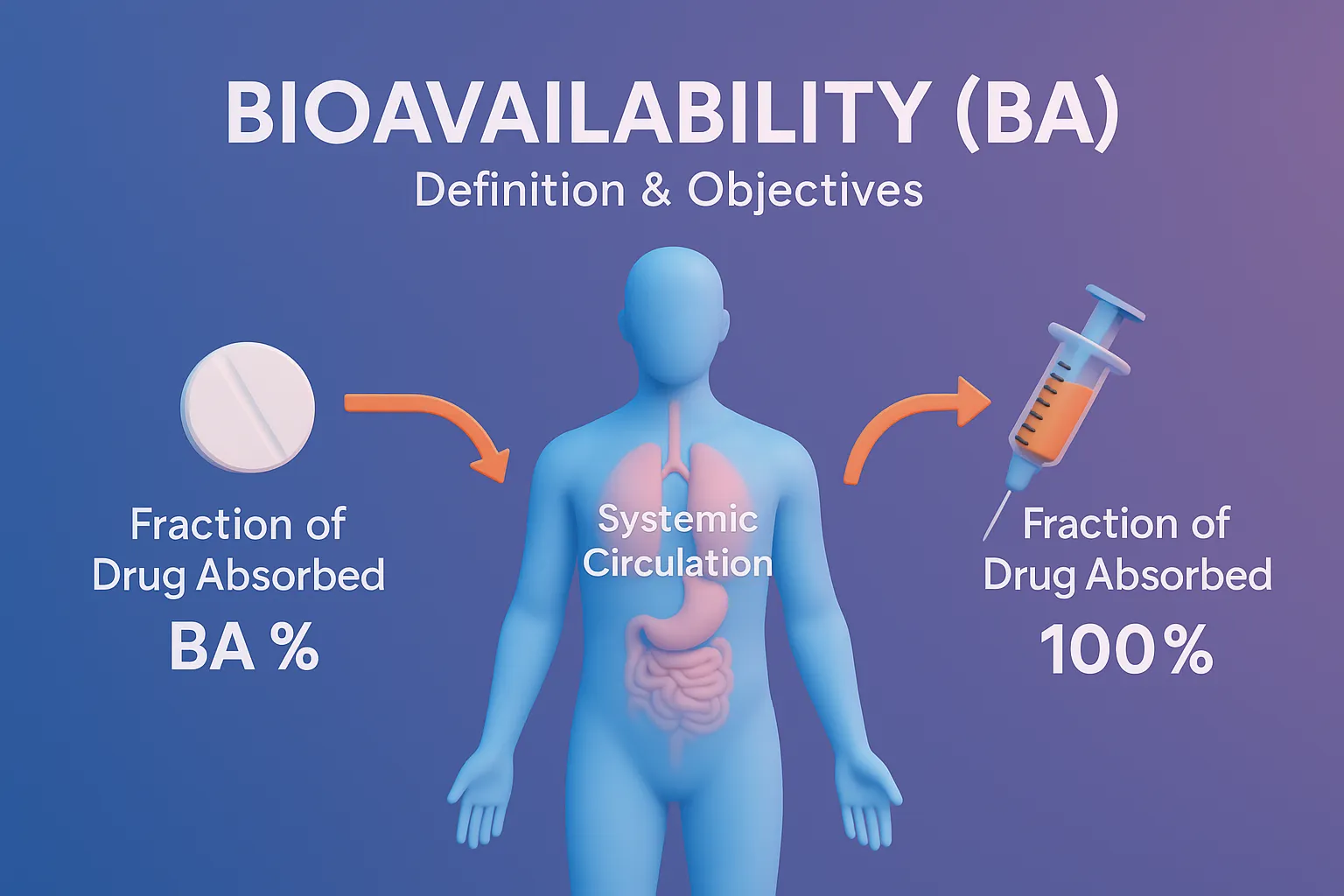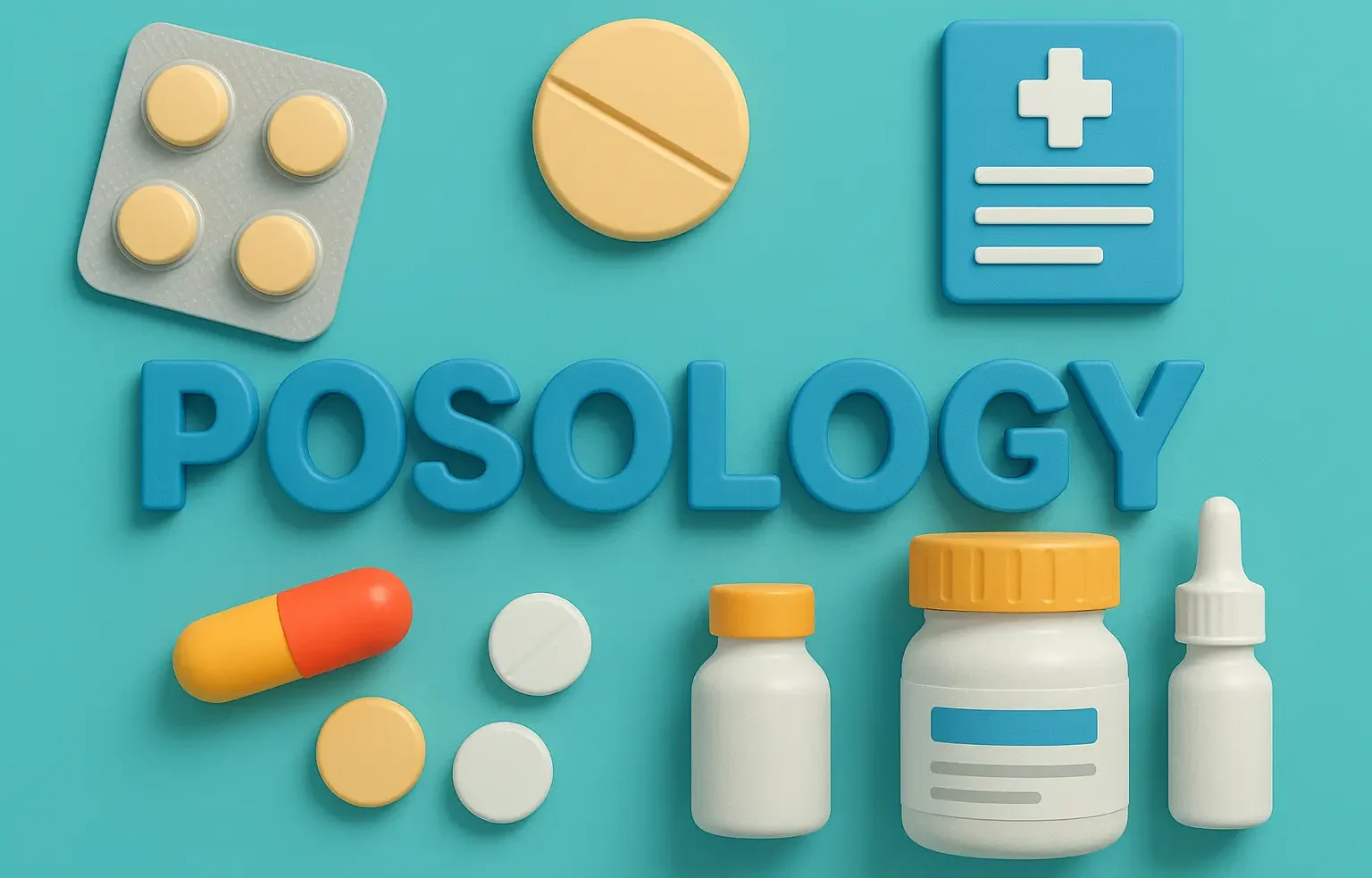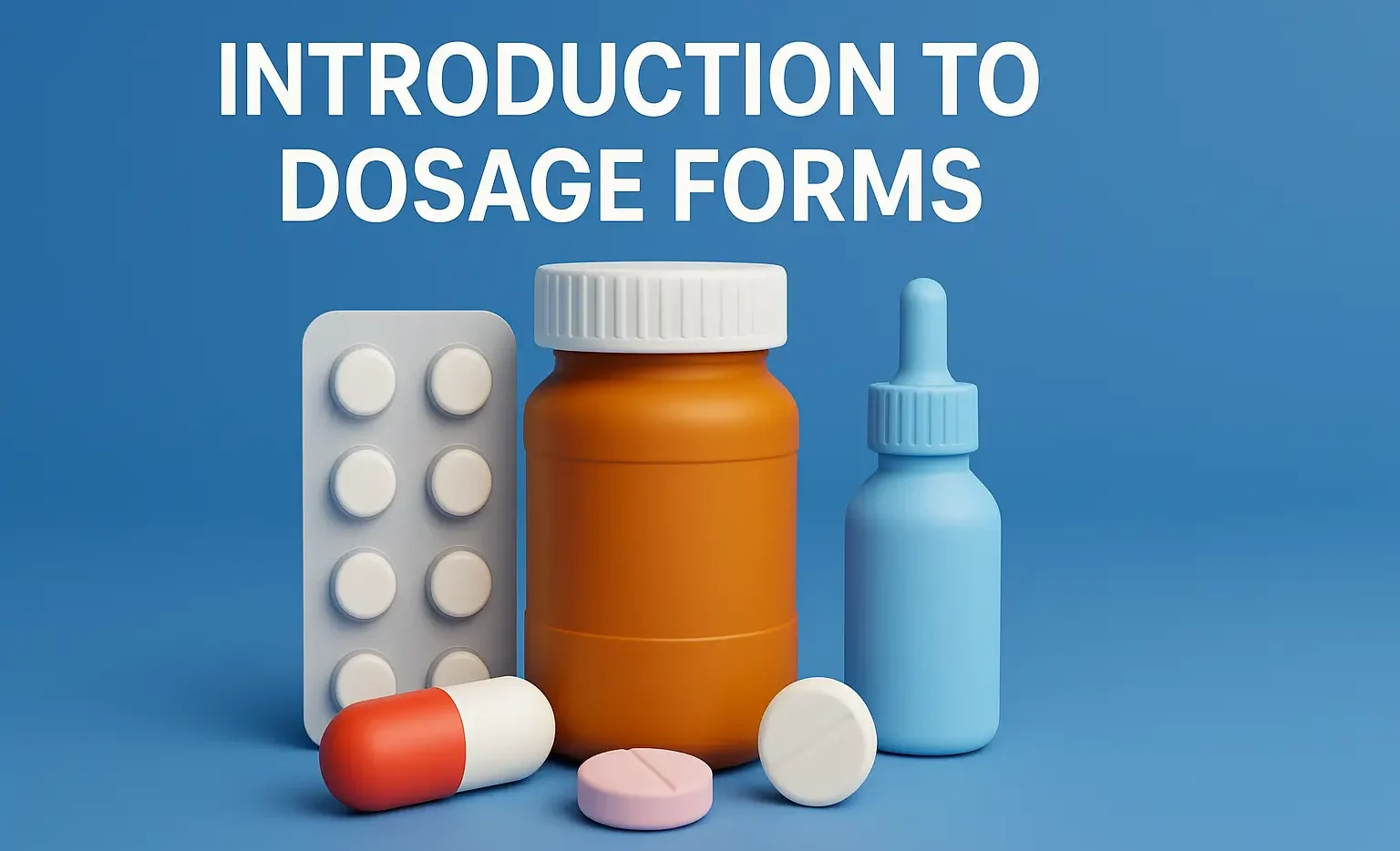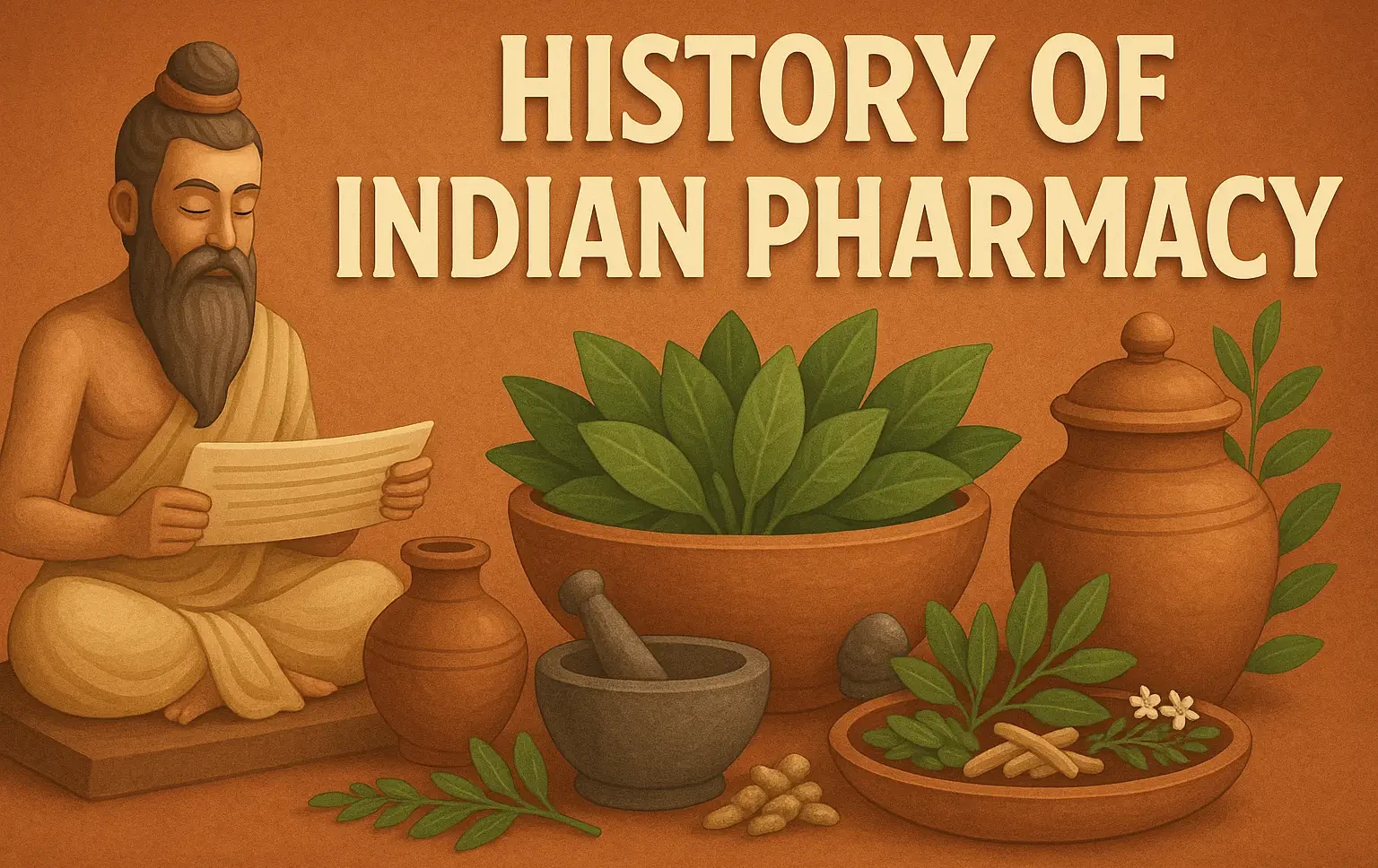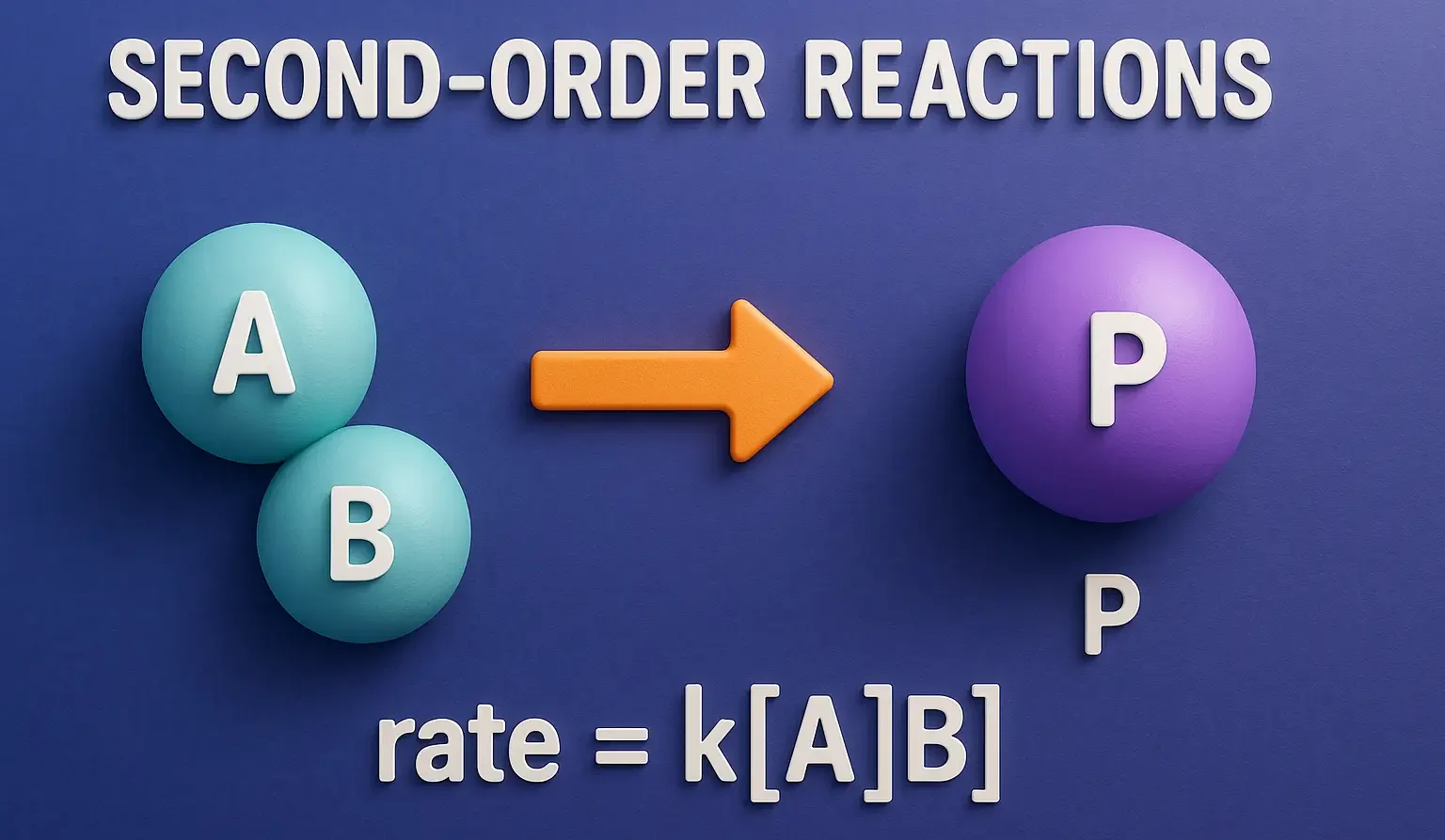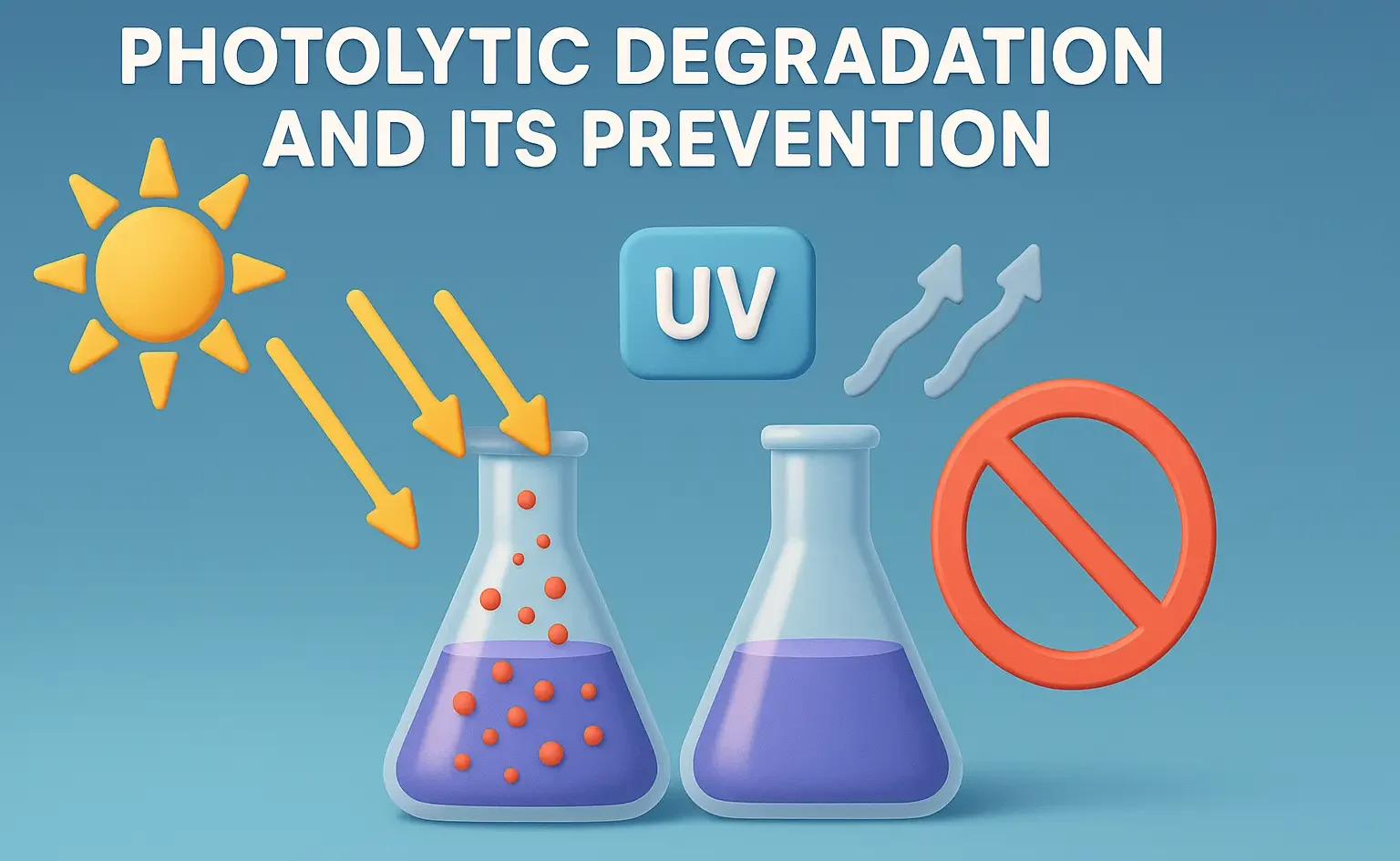Non renal routes of drug excretion of drug
Non renal routes of drug excretion of drug include biliary, pulmonary, salivary, sweat, and milk pathways for elimination. Non renal routes of drug excretion of drug Although the kidneys represent the primary excretory route for most drugs, several other pathways can also contribute to drug elimination: Biliary and Fecal Excretion Many drugs, especially larger, more … Read more

